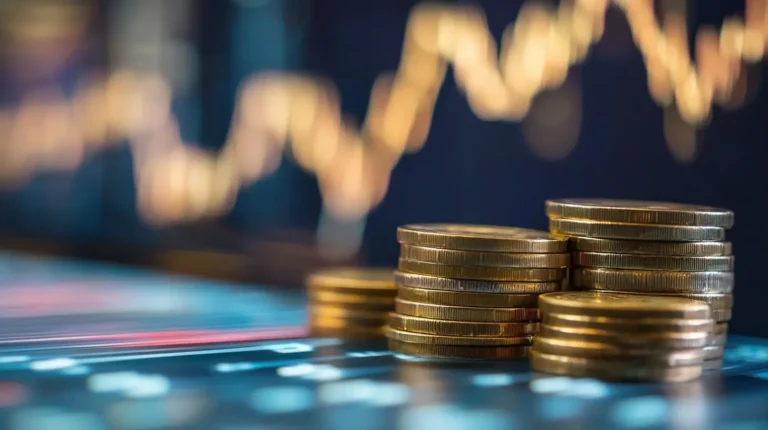The Indian rupee recorded its strongest weekly gain in over 18 months, benefiting from a weaker U.S. dollar and easing concerns over potential U.S. tariffs.
It closed at 86.8225 per dollar, appreciating 0.7% over the past week. The rally was supported by intervention from the Reserve Bank of India (RBI) and the absence of new tariffs that many had expected under former U.S. President Donald Trump’s trade policies.
Kunal Kurani from Mecklai Financial said the rupee’s next moves will depend on the dollar’s trajectory. The latest surge likely led to traders unwinding some positions, with markets now looking for fresh signals.
The U.S. dollar index fell 1% last week and has now dropped nearly 3% from its yearly peak. A major factor behind the decline was the lack of immediate tariff actions from Washington, which had previously caused market uncertainty. Analysts warn that any new tariff-related announcements could affect the rupee’s stability.
Looking ahead, the rupee is expected to trade between 86.50 and 87.20, while India’s benchmark 10-year bond yieldended the week at 6.7071%, staying largely steady. Bond yields are likely to move within a 6.65%-6.75% range in the near term.
Market sentiment remains cautious, especially since the RBI did not announce additional liquidity measures despite some expectations. Last week, the central bank cut interest rates by 25 basis points but stopped short of injecting further liquidity.
ICICI Securities Primary Dealership expects another 25 basis points rate cut in April, with a possible additional cut in October. Over the past month, the RBI has infused 2.68 trillion rupees ($30.88 billion) into the banking system through bond purchases, forex swaps, and long-term repo operations. Another 400 billion rupees worth of bond purchasesis scheduled for Thursday.
As the financial year nears its end, traders are closely watching the RBI’s next steps as liquidity conditions tighten. Investors will also be tracking key economic data, including the RBI’s policy meeting minutes on February 21, the HSBC Flash PMI for manufacturing and services, and U.S. housing, jobless claims, and business sentiment reports.

